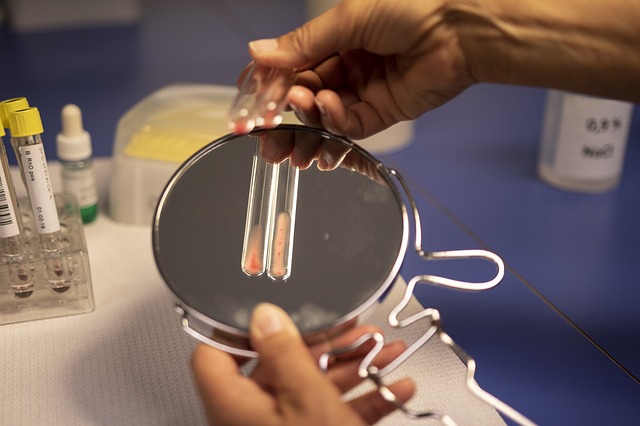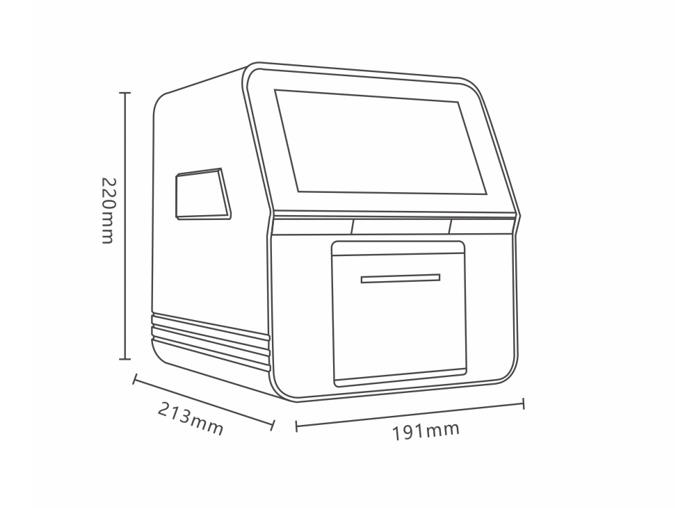More than ever, the medical equipments industry is focusing on usability. And people tend to think that "fewer steps" always equates to "easier to use" and "better user experience". However, this is not always the case, and in some cases can even cause more harm than good.
According to market research data,
Medical equipments manufacturers have found that customers prefer products with fewer steps. But this user desire can be just one component of a good user-centered process that does not provide a deeper understanding of the user and their environment, goals, motivations and pain points. As a result, manufacturers of medical equipments sometimes fall into the trap of prioritizing the user's need for convenience over other, more important needs.
Are fewer steps in a medical equipment really better?
Fewer steps in and of themselves cannot be judged as simply good or bad. Of course, the ease of use of a medical is female can provide a better user experience through better interaction with the user. However, a good user experience is not defined by convenience alone. Good UX design should properly consider a wide range of user needs. This is because not all of these needs can be realized by optimizing convenience.
A user-centered approach to medical equipments design helps us to identify, understand and prioritize different user needs. An example is a pen syringe drug delivery device. The purpose of the product is to administer the appropriate dose of medication and ensure safe delivery of the medication. Although patients may not be able to accurately articulate these needs as first- and second-order needs. But even the simplest product is not marketable if the new device is missing the purpose of use due to a reduction in the number of steps used. However, developers sometimes run the risk of trying to simplify steps such as the device's self-test step, the accuracy of the target dose, or avoiding accidental needle jamming.
How do you test users' needs for medical equipments?
By engaging with users repeatedly throughout the design process to better understand their needs. This involves involving developers in user scenarios and observing the usage process in real time. During the observation study, the development team will discover relevant behaviors of existing devices and processes, identify meaningful iteration opportunities, and better define user requirements.
Early design activities should focus on creating different solutions that explore the user experience, including different device features, workflow steps, etc. Different designs may explore secondary options, such as specific steps or feedback mechanisms, and may also explore other additional features, such as discrete actions that need to be performed by the user.
The second type of user interaction activity is directed research, which provides a different solution than user review. Different ideas are tested by presenting prototypes to users. These prototypes embody only the details and functionality necessary for key aspects of the design. During this phase, the development team can better understand the trade-offs between different approaches based on user needs response. The results of the directional studies allow for the selection of concepts that will lead to more specific individual concepts for further development.
Formative usability testing is the third research step and is typically used to evaluate individual design directions. Here, testing validates assumptions and confirms that users are physically and cognitively capable of understanding and using this medical instrument design. This phase confirms that steps taken to improve the user experience (including step reduction) will not compromise other more important goals. Formative findings help refine and finalize the design and reduce the risk of usage errors before formal development and design controls emerge.
In summary
Smaller is not better for medical equipments. When developing medical equipments, the purpose of the medical devices themselves should not be sacrificed for the sake of blindly improving the user experience and pursuing device portability.


